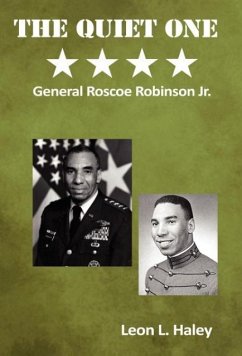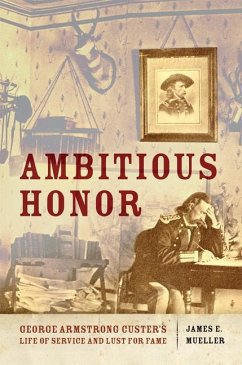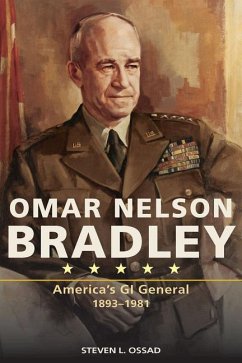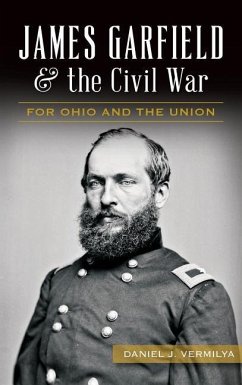
Teddy Roosevelt at San Juan: The Making of a President
Versandkostenfrei!
Versandfertig in über 4 Wochen
29,99 €
inkl. MwSt.

PAYBACK Punkte
15 °P sammeln!
At one o'clock in the afternoon of July 1, 1898, thirty-nine-year-old Colonel Teddy Roosevelt prepared to advance at the head of his Rough Riders during the Cuban phase of the Spanish-American War. A mixture of cowboys and socialites, the Rough Riders were the most colorful regiment in the American V Army Corps. Their immediate target was the central sector of the fortified San Juan Heights. Capturing the blockhouse on San Juan Hill was key to breaching the Spanish defenses on the heights above the city of Santiago de Cuba. Roosevelt and his volunteer cavalry were positioned in the rear of two...
At one o'clock in the afternoon of July 1, 1898, thirty-nine-year-old Colonel Teddy Roosevelt prepared to advance at the head of his Rough Riders during the Cuban phase of the Spanish-American War. A mixture of cowboys and socialites, the Rough Riders were the most colorful regiment in the American V Army Corps. Their immediate target was the central sector of the fortified San Juan Heights. Capturing the blockhouse on San Juan Hill was key to breaching the Spanish defenses on the heights above the city of Santiago de Cuba. Roosevelt and his volunteer cavalry were positioned in the rear of two regular regiments on the right side of the arena. They faced the lower and thinly defended rise called Kettle Hill, rather than San Juan Hill. The only American officer to remain mounted in the battle, Roosevelt initiated an unauthorized charge up Kettle Hill. While racing up the slope, he was forced to dismount and climb to the crest on foot. As his young volunteers fell in behind, Roosevelt reveled in his triumph. Afterward, in describing his self-perceived role to reporters, Roosevelt cast himself as the most promotable hero in the campaign and, thus, laid the foundation for his legend. That legend, of Teddy Roosevelt valiantly leading the Rough Riders in their charge up San Juan Hill, had a great deal to do with making Roosevelt president and has endured for nearly a century. The reality as shown in this fast-paced narrative is that the charge Roosevelt led was foolhardy and occurred not on San Juan Hill but on the smaller and less important Kettle Hill. Teddy Roosevelt at San Juan explains what Roosevelt did and why he did it. The authors tell the story in two separate but interwoven tracks.












